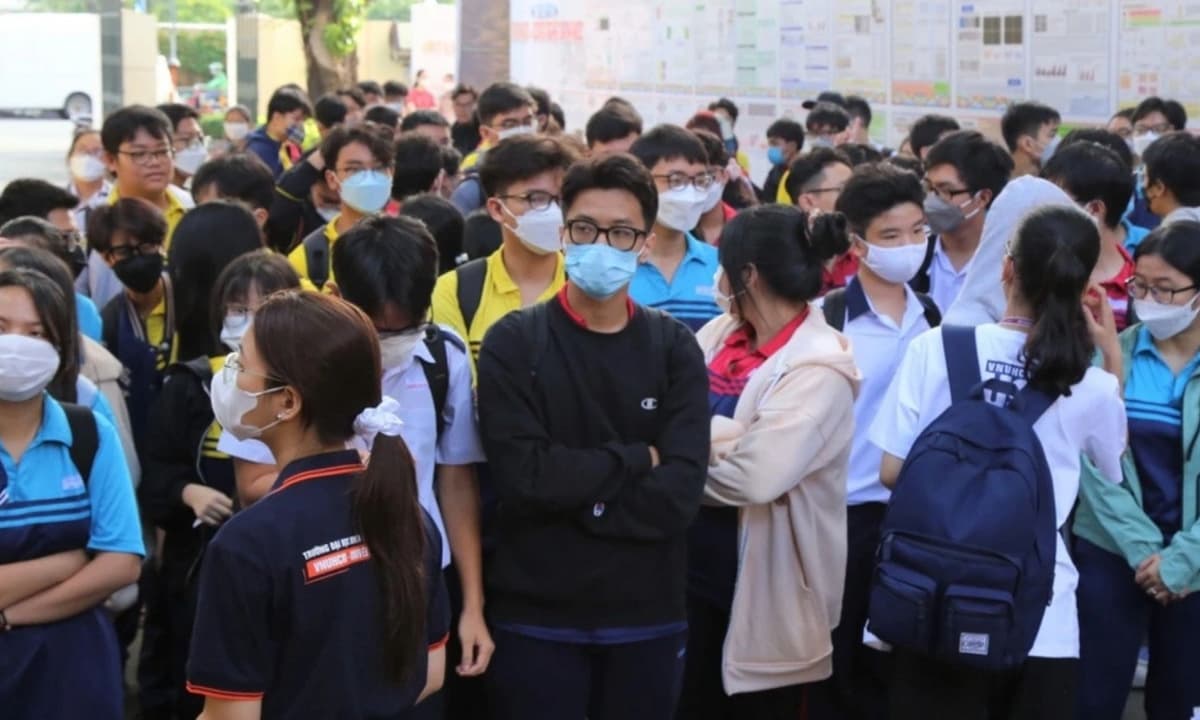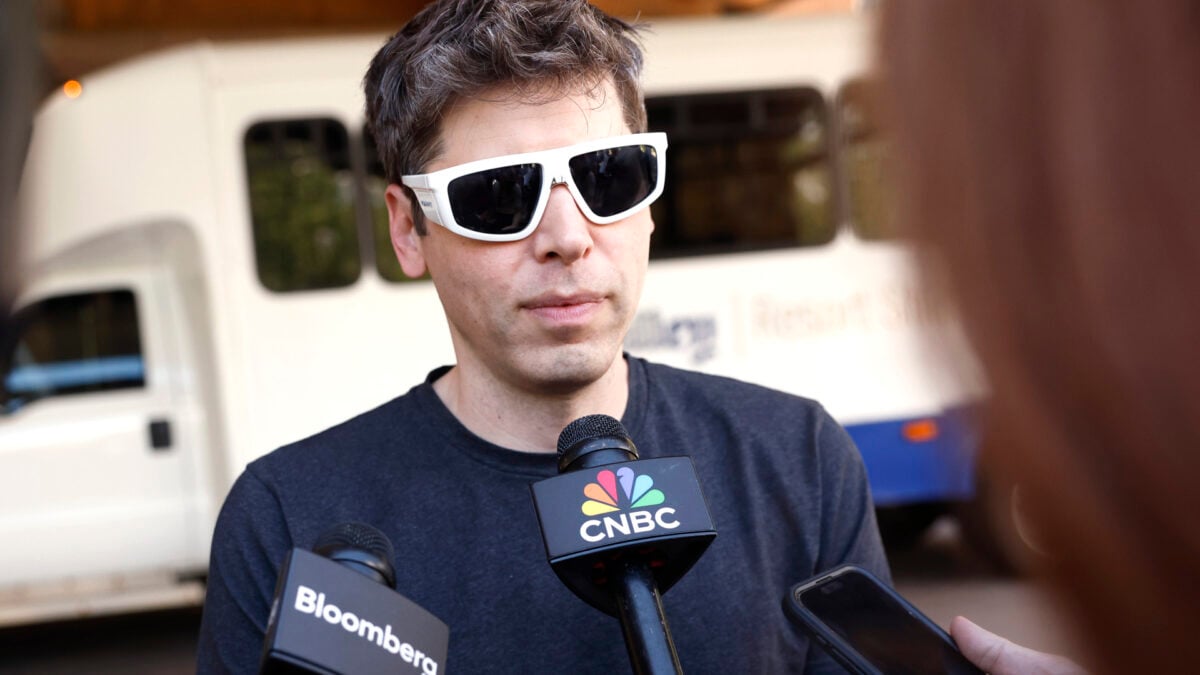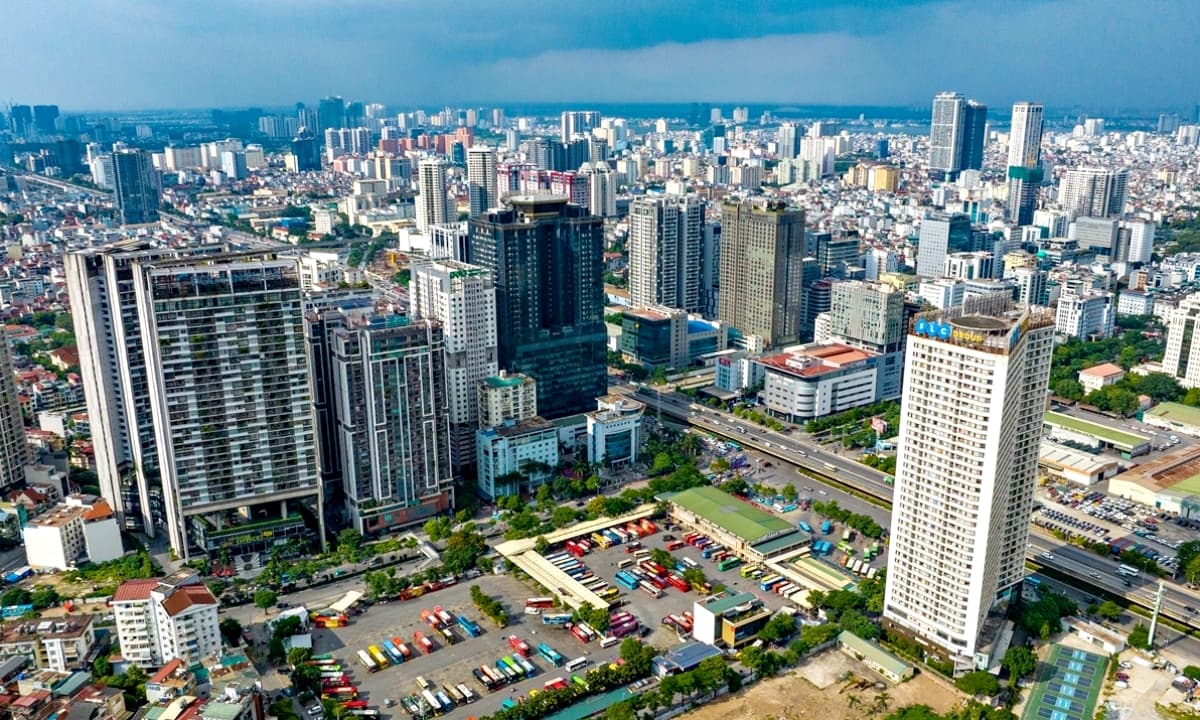Tesla Is Making a Move in New York City That Regulators Absolutely Hate

Tesla is coming in hot in New York City and regulators, legislators and consumers are already pushing back.
The electric car company’s latest foray into regulator wrestling comes via a hiring push for autopilot drivers in NYC, despite holding no permits for that service in the city. Given that Tesla has already spent years fighting federal probes, civil and criminal lawsuits and a host of scrutiny from everyone from the SEC to local politicians, its new push appears to be a further continuation of asking forgiveness later instead of permission up from.
What is Tesla planning in NYC?
According to local job postings, the company is now ramping up efforts to develop its self-driving technology, recruiting drivers in Queens to operate vehicles equipped with “automated driving systems,” despite failing to secure the necessary permits for autonomous testing within the city.
According to Tesla’s listing, these roles involve long-distance driving of specially outfitted vehicles, with a focus on collecting audio and video data to improve its self-driving software.
However, New York’s Department of Transportation (DOT) have confirmed that Tesla has not applied for the permits required to legally test autonomous vehicles (AVs) in the city. Without those approvals, the company cannot operate robotaxis on public streets, the DOT said, and could face the same continued regulator smackdown it has felt in places like California and Arizona.
The fight over Tesla’s testing grounds is already heating up, and it has only been a day since the first job postings went up. The DOT has since pointed out that any permitted AV testing company must have a “trained safety driver behind the wheel at all times,” prepared to take control if needed.
While Tesla’s job postings suggest field testing is underway, the company’s efforts remain in the preliminary stage due to the lack of official clearance. Meanwhile, Alphabet’s Waymo, considered the leader in North American robotaxi technology, has submitted its own permit application and is awaiting approval, but has also faced its own share of pressure from legislators and lawsuits brought by consumers and oversight agencies.
How far do Tesla’s autonomous driving ambitions span?
New York is just the latest battleground in a fight Tesla is waging across the country. The automaker is hiring test drivers in Dallas, Houston, Tampa, Orlando, Miami, and Palo Alto, all which are near locations where Tesla maintains engineering centers. These listings imply ongoing data collection efforts for Tesla’s “Full Self-Driving” (FSD) system, which the company currently markets as “FSD Unsupervised” in the U.S.
In each of those locations Tesla’s autonomous testing operates in a patchwork of local and statewide gray areas, some of which are more strict than others. That’s been concerning for market watchers and consumers both, because Tesla’s pursuit of autonomous vehicle deployment appears to be accelerating.
In Texas, the company recently secured a permit to operate a robotaxi fleet without a human safety driver on board, a significant step in its plan to expand autonomous ride-hailing services. Since June, Tesla has operated a limited robotaxi fleet in Austin, with employees occupying the passenger seats and ready to intervene if necessary.
CEO Elon Musk has also heavily hinted that this service could soon open to the general public.
Similar initiatives are underway in San Francisco, where Tesla runs a restricted “autonomous ride-hailing” service, despite the fact that Tesla is not authorized to call these vehicles “taxis” or carry passengers fully autonomously within California. Musk has repeatedly assured followers that Tesla is “working as quickly as possible” to deploy over 100 autonomous vehicles for ride-hailing in the Bay Area and plans to allow anyone to request a ride.
Tesla’s autopilot driving has had a rocky road so far
Tesla’s still faces federal investigations, lawsuits, and recalls linked to crashes involving Autopilot and FSD. California regulators, in particular, have called out Tesla for misleading advertising, arguing that the automaker’s claims about “self-driving” capabilities may be overly optimistic or even false, a charge Tesla strongly disputes.
Tesla’s Autopilot system is also under increasing scrutiny from regulators amid mounting concerns over its safety and effectiveness, particularly regarding driver engagement and the potential for misuse. Federal agencies have launched investigations and issued recalls related to Autopilot’s failures to ensure drivers remain attentive, raising questions about the technology’s readiness.
The National Highway Traffic Safety Administration (NHTSA) has highlighted significant driver engagement issues, especially with Tesla’s “Full Self-Driving” (FSD) system. The agency’s review has found that Autopilot does not incorporate adequate safeguards to prevent drivers from becoming distracted or disengaged while using the system.
In 2023, regulators recalled approximately 2.3 million Tesla vehicles due to concerns that Autopilot sometimes fails to detect when drivers are not paying attention. Additionally, NHTSA has opened a new investigation into FSD following a fatal crash, citing concerns over the system’s ability to operate safely.
The agency identified a “critical safety gap” in Autopilot’s design, noting that the system’s structure permits foreseeable misuse that could lead to avoidable accidents. Critics argue that Tesla’s systems may give drivers a false sense of security, encouraging risky behavior behind the wheel.
Beyond the NHTSA’s investigation, the Department of Justice and the Securities and Exchange Commission (SEC) are reportedly examining Tesla’s self-driving claims and safety record, adding layers of regulatory concern.
Tesla maintains that Autopilot is designed as a driver assistance feature, not a fully autonomous system. The company argues that it requires drivers to maintain attention and control at all times. Tesla has also issued software updates aimed at addressing some of the safety issues raised by regulators.
Tesla’s scrambling amid market headwinds
Meanwhile, Tesla’s core business of selling electric vehicles continues to face headwinds, especially in Europe, where sales have slowed this year.
Shareholders and consumers alike have been reacting to Musk’s controversial political comments, which have alienated some potential buyers, while analysts say that his emphasis on the Cybertruck and other high-profile projects has cost Tesla massive amounts of money right as it hemorrhages customers.
Despite the setbacks, Tesla is still pushing hard to roll out fully autonomous vehicles, a possible new income stream for a company currently beset by sales issues. Its ongoing hiring spree for test drivers across multiple markets signals that the company is collecting critical data and pushing toward higher levels of self-driving capability.
Whether those efforts will translate into fully autonomous robotaxis available to the public remains uncertain, particularly as regulatory hurdles and safety concerns continue to complicate the pathway forward.









